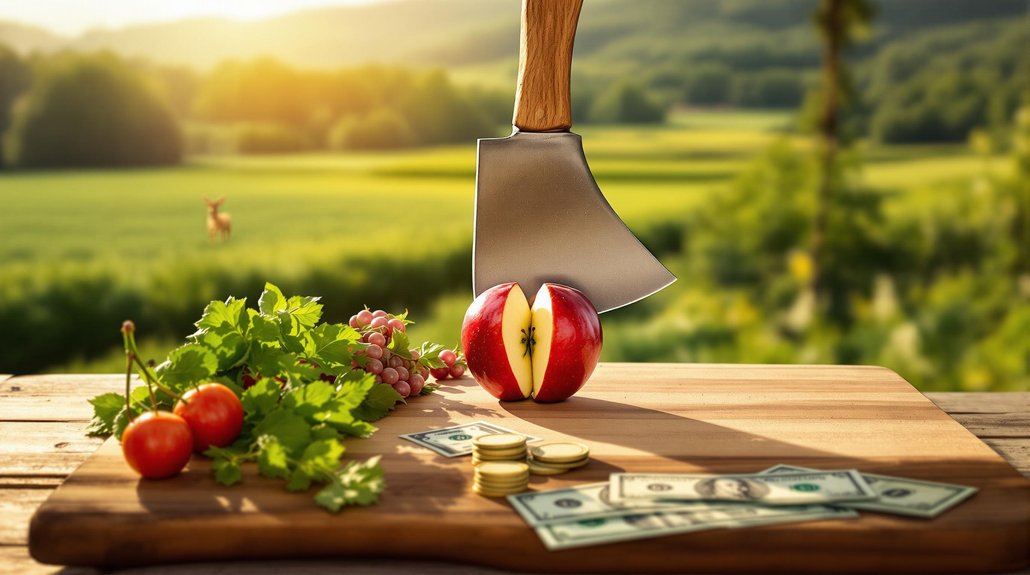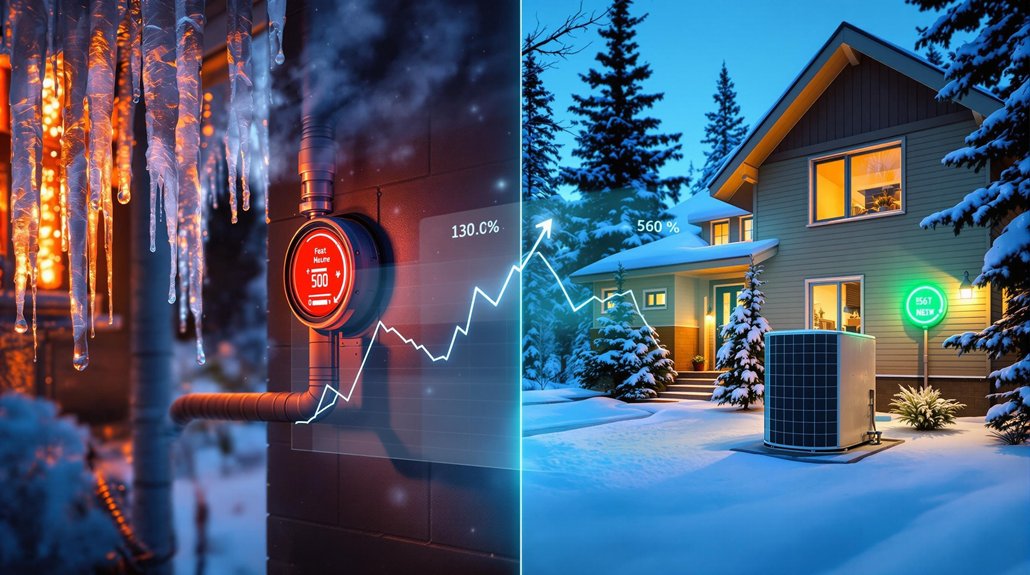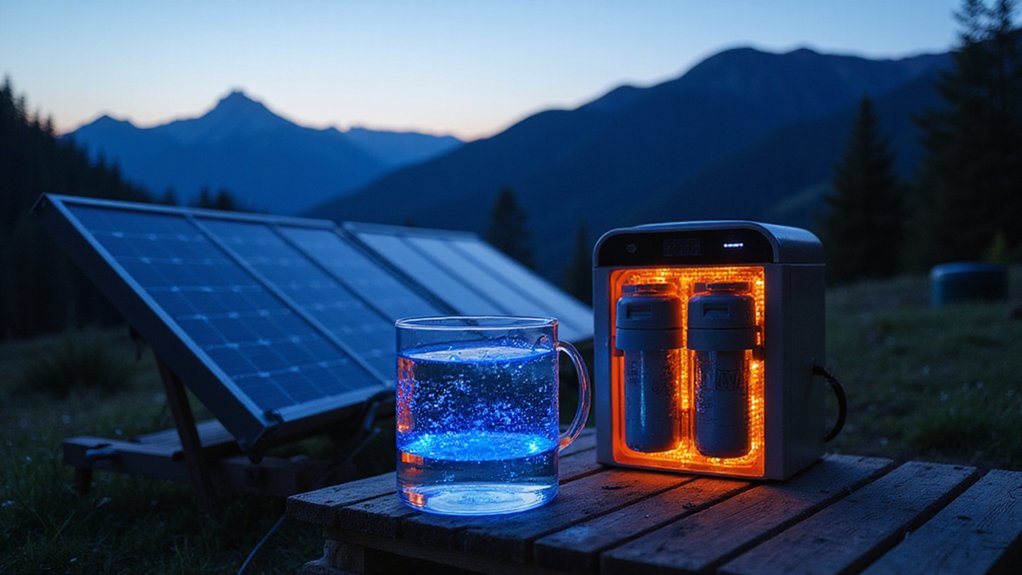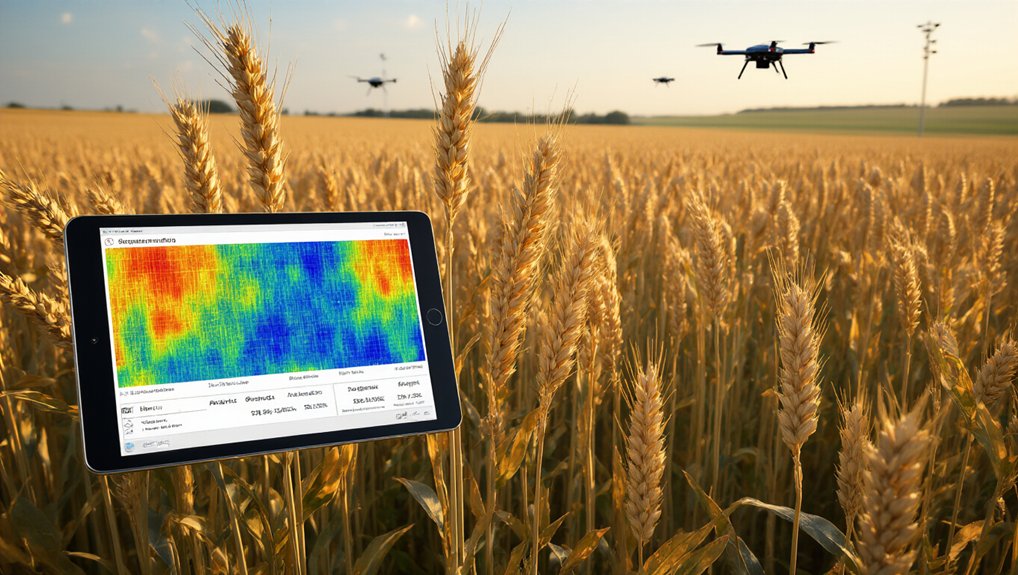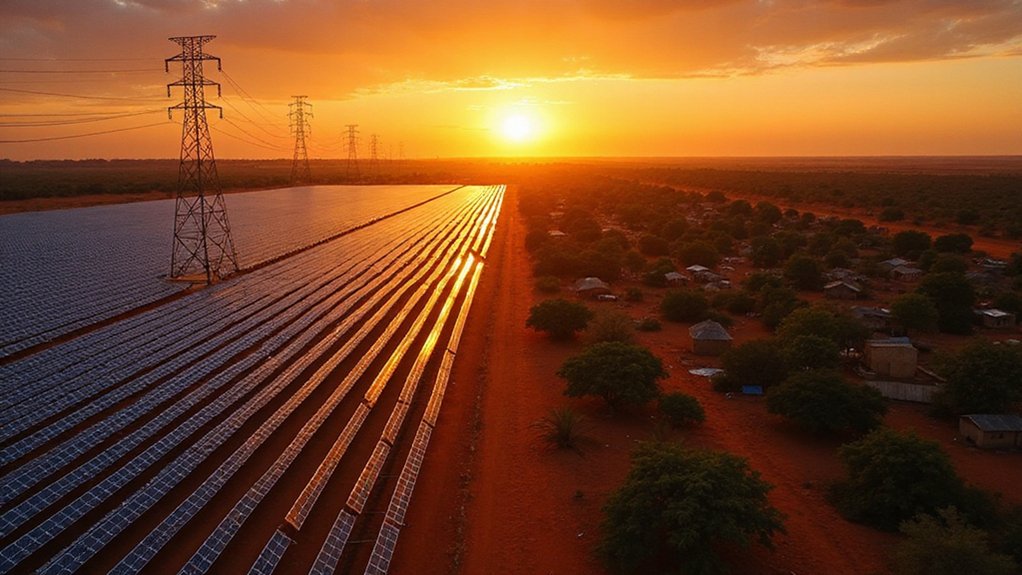Recent USDA cuts slash over $1 billion from local food programs. School lunches? Less fresh produce, more processed junk. Food banks can’t keep up with demand while farmers lose guaranteed markets. Thanks, inflation. Environmental programs taking hits too—invasive species and water management left hanging. Rural economies suffer as small farms face closure. Americans will feel it at the grocery store and beyond. The wildlife impact? That’s just the tip of the iceberg.
Countless American families and wildlife habitats face an uncertain future as the Trump administration slashes over $1 billion from USDA local food programs. The cuts hit where it hurts most – school lunches and food banks. A whopping $660 million vanished from the Local Food for Schools program, while another $420 million disappeared from Local Food Purchase Assistance. Just like that. Money gone.
These aren’t just numbers on a spreadsheet. Real people will feel this. Forty states are watching their school meal funding evaporate. Scottsdale Unified School District? They’re out $100,000 for fresh produce. Great timing, too – food costs are already through the roof. Kids might say goodbye to those fresh apples and carrots. Processed food is cheaper, after all. Always is.
Behind every slashed dollar is a child missing fresh food in their school lunch while processed options win again.
Food banks are getting hammered when people need them most. Inflation has families choosing between gas and groceries, pushing more through food bank doors every day. Now these same food banks can’t buy from local farmers. So much for fresh options. Hope everyone likes canned corn and boxed mac and cheese.
Local farmers are the silent victims here. Small and mid-sized farms counted on these programs. Guaranteed markets, gone. Some will pivot. Others won’t make it. Rural economies will feel it. The ripple effect is real.
The environment takes a hit too. Climate-smart commodity programs? Cut. Conservation efforts? Slashed. Programs fighting invasive species? On life support. Water management for livestock? Good luck with that. With humans already using 1.75 times faster than Earth can regenerate resources, these cuts will only accelerate environmental degradation.
Our food supply chain just got weaker. We’ll rely more on big corporations, less on local networks. When the next crisis hits – and it will – we’ll be less prepared. More food miles, higher transportation costs. Your grocery bill notices these things. Farmers face enormous uncertainty about funding sources that makes planning for their operations increasingly difficult. The USDA has defended their decision as a transition toward more fiscally responsible initiatives.
It’s a stark shift from Biden-era investments in local agriculture. The debate continues about government’s role in our food system. Meanwhile, families worry about food security, nutrition suffers, and wildlife habitats deteriorate. Politics aside, everyone still needs to eat.
